I’ve written about the Woopra client last July, and had its creator Elie El Khoury answer a few of my questions just before the New Year’s eve. About a week ago Elie has announced the release candidate for the new Woopra version, and i’ve had a great time ever since playing the new version and searching for the small visual details that add up to a great user experience.

You can read about the new functionality in Elie’s announcement, and here i just want to point out a few UI elements that i particularly like.
The first one is the new sidebar that provides a clear organization of the available statistics sections. The different sections are collapsible, and the overall choice of colors results in good readability even for darker background colors:

The new dashboard view provides a vibrant yet clear way to view the overall visitor count over the last two weeks and the last 24 hours. Note the translucent charts for the counts the day before (in the top chart), and the translucent overlay for the specific node under the mouse pointer:

Translucency is used in a lot of places in the new Woopra client, but its usage is well designed and placed. Here is a map view with translucent overlay showing the details of the specific live visitor (note the drop shadow of the overlay):

Here is one more screenshot of translucent content. The map has an overlay showing the visitor count broken down by the country. The overlay floats on the right border of the map, and has translucent list and opaque glassy scrollbar to scroll the country list:

Congratulations to Elie and the team on the great new functionality and excellent new looks!
In addition to bug fixes and performance improvements in Substance 5.2 (code-named Quebec), i’m planning to introduce a few new skins. The first is Dust which is based on the artwork done by Rico Sta Cruz and Kido Mariano for Ubuntu. If you want to take it for a spin, click on the WebStart button below and change the skin to Dust from the “Skins” menu:

To use it in your application, you have the following three options:
-Dswing.defaultlaf=org.jvnet.substance.skin.SubstanceDustLookAndFeelUIManager.setLookAndFeel(new SubstanceDustLookAndFeel())UIManager.setLookAndFeel("org.jvnet.substance.skin.SubstanceDustLookAndFeel");
Here are a few screenshots that show this new skin. A small frame with a tabbed pane and a few different controls:

A frame with menu bar, tool bar and status bar from SwingX project:

A thumbnail of the main Substance test application (click for full-size view):

As with all Substance core skins, this is work in progress and will be polished over time. Dust is also the first skin that is using the experimental color schemes definition file. While the existing Autumn and Nebula skins have been moved to use such files as well, this functionality is planned to be officially supported in the next major Substance release.
In the meantime, you’re more than welcome to take the latest 5.2dev drop for a spin and leave your comments.
Today, i’m happy to officially announce project Amber. In works over the last few weeks, it shows how to use Trident to add animations to an online interactive application that analyzes media trends. While previous demo videos showed some of Amber’s capabilities on test data sets, this high-definition video (watch in full-screen mode) shows Amber tracking the Digg tech news trends in real time.
To see Amber in action, click the WebStart button below and select one of the available Digg topics (last column):

Here are a few screenshots of Amber. The login screen (fades out on pressing the “Start” button):

The grid of story thumbnails (slide in and up):

Infotip showing story title and description (slides and fades in):

Another infotip, this time above the story thumbnail to fit in the frame:

Frequency chart of keywords in the shown entries – allows to analyze the popular topics:

The full code for Amber 1.0dev (code-named Ashberry) is available in the SVN repository, and Rémy Rakic (@lqd on Twitter) has already created a Twitter provider that allows analyzing public timelines:

To create a custom provider, take a look at the org.pushingpixels.amber.digg.DiggProvider class. One of the next blog entries will show another provider that uses the NY Times online APIs.
It is always exciting to see an elegant and polished desktop application, and it is doubly so when Swing is the UI toolkit of choice. Željko Ziriković is the mastermind behind Revolucion, a new Swing-based media player. And while Mikael Grev‘s initial work on his own media player has shown great promise, it hasn’t progressed to handling the real media. Željko‘s work appears to be much more complete and functional, and i’m eagerly looking forward to see the code when it is released in the next few weeks.
In the meantime, enjoy the video walkthrough (switch to full screen and HD), and click on the screenshots below.
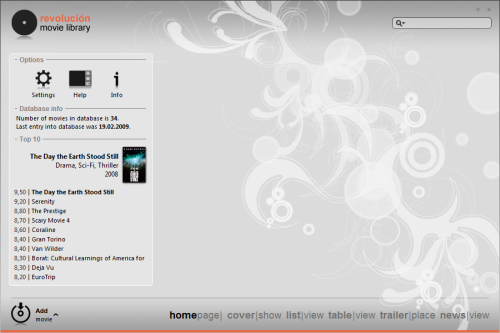
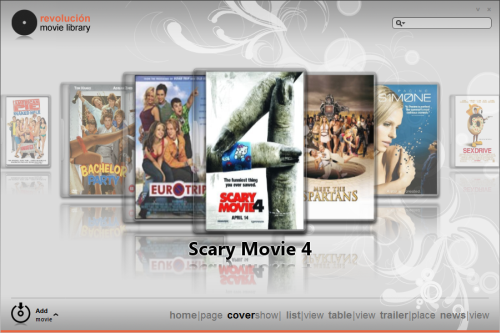
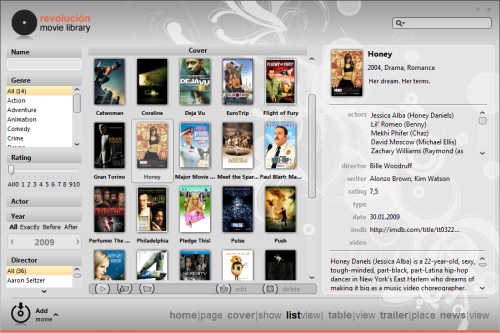
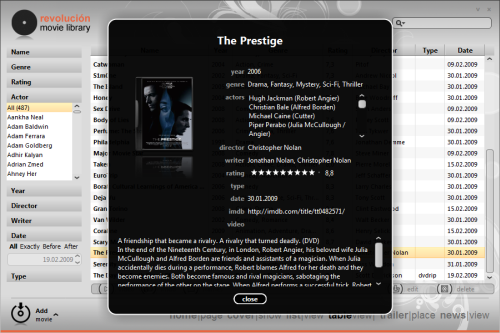
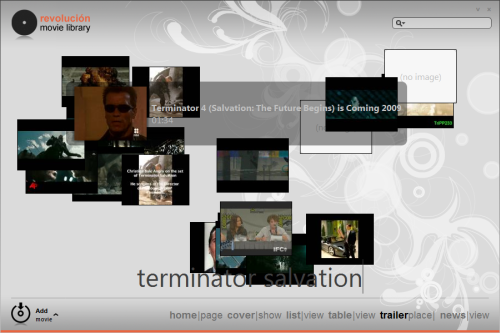
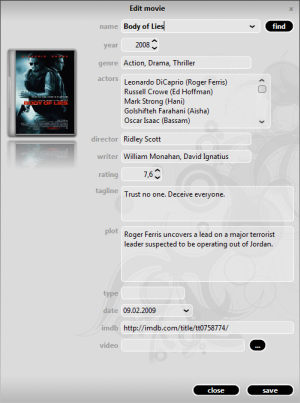
![]()
![]()
![]()
![]()
![]()


